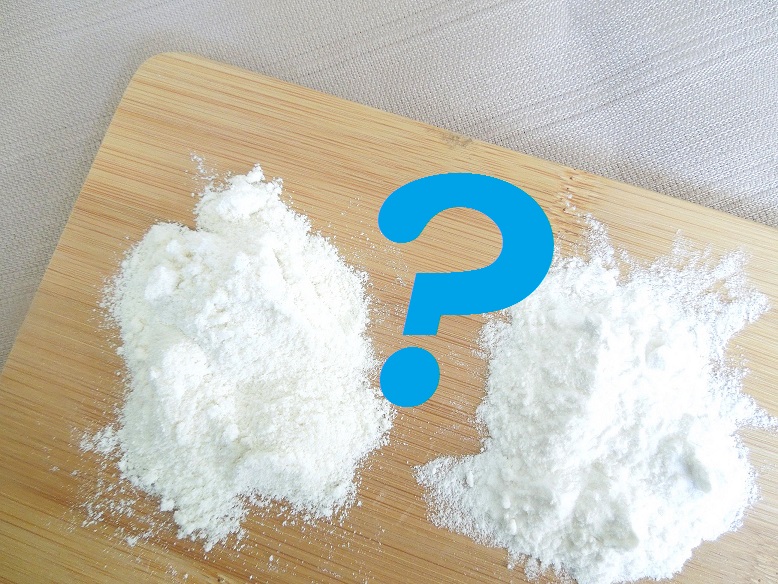Benefits of selenium and its role
as a glutathione cofactor

Health benefits of selenium boil down to its crucial antioxidant role as part of the enzyme glutathione peroxidase (GPx).
Glutathione peroxidases, also known as selenoproteins, are a family of antioxidant enzymes that speed up the reaction between glutathione and free radicals, particularly toxic hydrogen peroxide, which selenium-containing glutathione peroxidases help transform to harmless water. These enzymes act both inside and outside the cells maximizing antioxidant protection.
In cases of selenium deficiency and with the resulting impaired function of glutathione peroxidases destructive hydrogen peroxide breaks down into even more dangerous hydroxyl radical which damages cell membranes and cell DNA eventually leading to serious disease. Selenium is directly involved in preservation of cell membrane integrity and DNA integrity.
The benefits of selenium are the result of the activity of glutathione in our bodies. Research done with selenium proves this connection – low selenium levels are noted in the health conditions that show low glutathione levels. The progression of all these conditions and success with therapies depend on glutathione levels and proper functioning of glutathione peroxidases:
|
|
One recent randomized clinical trial investigated the effects and benefits of selenium supplementation in forty-five patients with chronic kidney disease. The participants supplemented daily with 200 mcg of selenium for three months. Plasma selenium concentrations and red blood cell activity of glutathione peroxidase increased significantly in all patients. (Effect of selenium supplementation on glutathione peroxidase enzyme activity in patients with chronic kidney disease: a randomized clinical trial. Sedighi O, Zargari M et al. Nephrourol Mon. 2014 May 4;6(3):e17945. doi: 10.5812/ numonthly. 17945.)
Another study examined selenium levels, glutathione peroxidase activity and total antioxidant status in patients with multiple sclerosis. 101 patients were reviewed against 63 healthy age matched controls. Serum selenium concentrations, glutathione peroxidase activity and total antioxidant status were significantly lower in patients with multiple sclerosis compared to healthy volunteers, and a correlation was observed between selenium levels and activity of glutathione peroxidase. An interesting observation was made from the dietary questionnaires data: patients who frequently consumed poultry, beans, legumes and fish seemed to increase their serum selenium concentration; those who favored butter, wholegrain bread, sweet beverages and sugar were found to have lower values of selenium in their serum. (Dietary habits and selenium, glutathione peroxidase and total antioxidant status in the serum of patients with relapsing-remitting multiple sclerosis. Socha K, Kochanowicz J et al. Nutr J. 2014 Jun 18;13:62. doi: 10.1186/1475-2891-13-62.)
Another study investigated selenium levels and glutathione peroxidase activity in women with uncomplicated pregnancies and women with preeclampsia. Significantly low glutathione peroxidase and selenium levels were found in women who developed preeclampsia. Since pregnancy is associated with elevated oxidative stress, the results of this study support the hypothesis that insufficient antioxidant defense may be a contributing factor to the oxidative stress and preeclampsia. (Selenium and glutathione peroxidase in patients with preeclampsia. Malinova M, Paskaleva V. Akush Ginekol (Sofiia). 2013;52(5):3-7.)
These three examples represent only a tiny fraction of human trials proving the effect of selenium on the activity of glutathione peroxidases.
Other benefits of selenium include this mineral’s involvement in protein synthesis, DNA synthesis, formation of thyroid hormones, maintenance of healthy hair and skin (glutathione peroxidases protect cells from UV damage), protection from anemia (glutathione peroxidases protect red blood cells from oxidation and death).
Selenium has also been used in the treatment of anxiety, depression, infertility and reproductive disorders. This mineral plays a role in muscle function by improving endurance and slowing the aging process.
BENEFITS OF SELENIUM IN CANCER PREVENTION
Selenium can be converted into various metabolites in the body. In fact, there is at least a dozen selenoproteins, other than glutathione peroxidases, that perform various functions in the body. Two of them, selenodiglutathione and methylselenol, play an important role in cancer prevention.
Selenodiglutathione (SDG) is formed when the inorganic dietary form selenite is joined with a glutathione molecule inside cells. In his book “Selenium. Are you getting enough to reduce your risk of cancer?” Edgar N. Drake, Ph.D. states that “selenodiglutathione kills cancer cells so effectively that its sterile solutions have been patented for direct injection into cancer cells”.
At the same time a 2006 study concluded that, when activated, SDG produces large concentrations of oxidative stress and depletes glutathione levels in cells. This is a promising pathway for killing off cancer cells but may be harmful for healthy cells, especially if they are low on glutathione. The authors noted: "The finding that SDG cytotoxicity is, at least in part, dependent on ROS generation further suggests that this compound may be directly genotoxic. SDG is not currently available in a form that can be administered to patients." (The activity of methylated and non-methylated selenium species in lymphoma cell lines and primary tumours. Last K, Mahraj L et al. Ann Oncol. 2006 May;17(5):773-9. Epub 2006 Feb 9).
Most common, organic dietary forms of selenium (e.g. amino acid forms selenomethionine, selenocysteine, methylselenocysteine) produce methylselenol but not selenodiglutathione, according to Professor Drake. Methylselenol is considered a safer, however, less potent anticarcinogen.
There is also clinical evidence suggesting that selenium “may be an anti-metastastatic element in addition to being a cancer preventative agent”. (Is selenium a potential treatment for cancer metastasis? Chen YC et al. Nutrients. 2013 Apr 8;5(4):1149-68. doi: 10.3390/nu5041149.)
BENEFITS OF SELENIUM FOR IMMUNE RESPONSE
Because of its critical role in antioxidant defense through glutathione network, selenium is also important for maintaining resistance to many diseases – all the cells of the immune system require protection from free radicals, including white blood cells.
By protecting white blood cells from free radicals that these cells produce themselves in their fight with infections, selenium increases these cells’ effectiveness.
Benefits of selenium for immune response include improved lymphocyte proliferation, stimulation of antibody production and increase in the activity of the helper T cells, cytotoxic T cells and natural killer (NK) cells boosting both the cell-mediated and humoral immunity.
Some of the metabolites of selenium are believed to be involved in the immune and inflammatory responses through the mechanisms not yet fully understood. (Selenium in the environment, metabolism and involvement in body functions. Mehdi Y, Hornick JL et al. Molecules 2013, 18, 3292-3311; doi: 10.3390/molecules18033292).
All this evidence proves how essential selenium is for proper glutathione function, strong immune defenses and the protection from diseases including cancer.
RDA for selenium is set at 70 mcg for men and 55 mcg for women. However, it is believed that these amounts are set to merely prevent complications from selenium deficiency.
Summarizing numerous studies in his above mentioned book Professor Drake concludes that the safe daily amount of selenium which is the most effective in cancer prevention ranges between 200-500 mcg a day depending on a person’s location, diet and individual response to supplementation.
Since selenium carries well documented toxicity called selenosis, adverse effects may manifest at as low as 250 mcg a day and become a serious problem above 1,000 mcg a day. Symptoms include hair loss, nail deformities, breath with garlic odor, gastrointestinal and neurological disorders.
Due to selenium's toxicity supplementation with selenium and the doses should be discussed with your doctor.
Good dietary sources of selenium (organic forms) include Brazil nuts, organ meats, muscle meats, poultry, fish, oysters, rolled oats and wheat flour.
For more information about dietary selenium and a list of the best food sources visit our page High Selenium Foods.
Return to Top of Benefits of Selenium
Return to How to Raise Glutathione
Return to Natural Immune System Boosters
Return to Home




